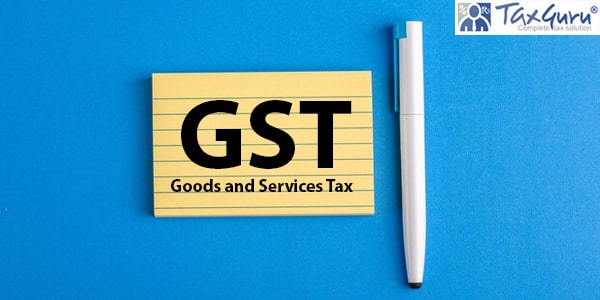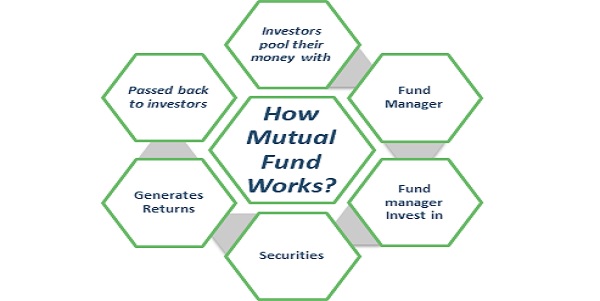In recent times, various forms of budget deficit have been in news due to different reasons, primarily how they are haunting the Indian economy. Most of us know that they are a problem for the economy, but do not know what they actually mean and depict.
This article is an attempt to explain the meaning of budget deficit and its types. Please note that only deficits are dealt with here. Surplus is just the opposite.
For better understanding, one can compare the various kinds of deficits with a household budget or the finances of a business. This will give a better insight into its meaning and will help in a better understanding of why the same has become a menace for our economy.
First of all, let us understand the meaning of deficit. The word deficit means some form of deficiency, or the amount by which a sum falls short of some reference amount. In economics, deficit means the excess of expenditure over revenue in a given time period, generally a year. Hence, a government budget deficit is the excess of government spending over government revenue (mainly taxes).
It is seen that in times of economic prosperity the budget deficit is generally low due to increased tax revenue, reduced unemployment, economic growth and consequently lower government spending.
Budget deficit is countered by promoting economic growth, reducing government spending like those on social programs or defence, increasing taxes, simplifying the tax regime, improving business confidence, etc. However different economies need different strategies. For example, an economy which is running the risk of a war from a neighbour country will not be able to cut its defence expenditure, or a country where tax rates are already high will not increase its tax rates.
Now let us go further in the discussion of budget deficits. There are three main types of budget deficit – revenue deficit, fiscal deficit and primary deficit.
Revenue Deficit:
The amount, by which the net amount received, i.e. revenue less expenditure, falls short of the projected net amount to be received is revenue deficit. In other words, the actual falls short of the prediction.
Example: Suppose receipts are estimated at Rs. 100/- and expenditure is estimated at Rs. 70/-. Hence, the net amount receivable is projected at Rs. 30/-. However, actual receipts are Rs. 90/- and expenditure is Rs. 65/-. The actual net amount received becomes Rs. 25/-. There is a revenue deficit of Rs. 5/-.
Fiscal Deficit:
The amount by which government’s total expenditure exceeds the total revenue that it generates (excluding money from borrowing) is fiscal deficit. It is an indication of the total borrowings needed.
Some regard fiscal deficit as a positive economic event as it helps countries climb out of economic recession. Others advocate the idea of avoiding fiscal deficit in favour of a balanced budget policy. However, whether fiscal deficit is good for the economy or not is largely a matter of the reasons for which the government is borrowing and how soon it expects to repay. Else, it may result in a debt trap.
Primary Deficit:
It is the gross deficit obtained by subtracting interest payments from fiscal deficit of an economy of a particular year, i.e.
Primary deficit = Fiscal deficit – Interest payment
In other words, primary deficit is the amount by which a government’s total expenditure exceeds its total revenue, excluding interest payment on its debt.
Now let us proceed to understand how government finances its deficit, i.e. deficit financing.
Deficit Financing:
Deficit financing is the method by which a government finances its budget deficit, that is, it covers its expenditure in excess of the revenue. The most common forms of deficit financing are borrowing from foreign governments, or from banks like the World Bank, or borrowing from the central bank of the country (RBI in the case of India) by issue of different instruments like treasury bills and new bonds, or by minting new money. Minting new money leads to inflationary scenario, as in the case of India. However, in the long run, government must aim at stimulating business activity, creating jobs and spurring consumer spending to curb deficit.
Note: Please feel free to give your comments below.






















Fiscal deficit is not cumulative. It is for a particular year. Rather, cumulative deficit is called debt.
Plz share some more information about any topic. Would be really appreciated.
Thanks for the information.
India has been incurring fiscal deficit for a longer period of time. Is the fiscal deficit a cumulative one or for a particular year ? What is the cumulative amount of borrowing taken by Govt. from various sources to meet its fiscal deficits ?
To curb this fiscal dificit at present the government also choosing the way of disinvestment in PSUs.
very facile expression to easily understand the complex economic term of deficit budget. more such articles please to dejargonise the web of economics.
Explained in very simple way which is appreciable. However, this Article should be supported with some latest data of India.
Thanks
very nice article and very easily understand this concept tks..
Really Helpful. But want more details on the same.